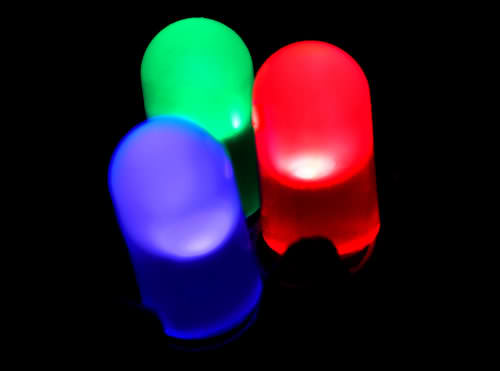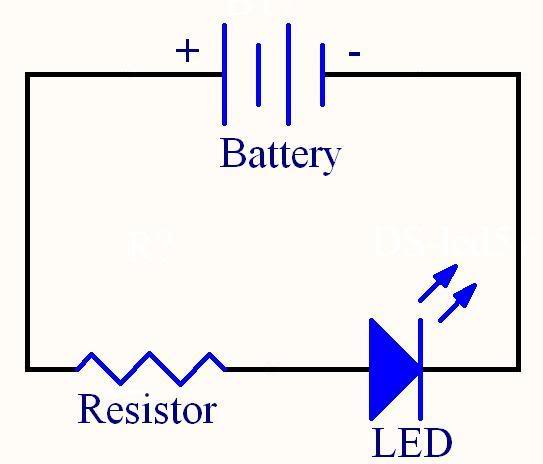The objective of this text is to help you to understand how Resistors work and use it in it’s most simple use, as a current limiter. If you want to know more about resistors and leds, check Here and Here.

RESISTORS:
The resistor is a passive component that is opposed to the electrical current dissipating heat, the higher the resistor value, the lower the current. This effect is called electrical resistance, while the component resistor is popularly known as resistance.
Resistance: is the property of a material to oppose the flow of electric current and dissipate power. Unit: Ω (Ohm).
Resistor: A component specifically designed to have resistance.
Utilities of resistors:
- Limiting the current that flows in a circuit
- Control the loading speed of a capacitor.
- To make current and voltage dividers.
- Transforming energy into heat (Joule effect).
When applying a voltage in a resistor, it creates a current that passes through it. The relation between the voltage and the current defines the electrical resistance:

It’s a physical law and, therefore, will always work for any type of electronic circuit.
If the Voltage is directly proportional to I (R = constant), we have the famous OHM’s law.
Most of the resistors used in electronic obey this law, ohmic resistors. Among them are the cluster of carbon resistors, metal film and carbon film.
Practicing – Leds and resistors
To light up a LED we need to limit the current that flows through it, for that we use resistors. If the current that flows through it is higher than recommended, there is a high risk of burning the component.
The video below show’s a led being burned:
Video Soon
The recommended current and voltage between the terminals of the LED depends on the chosen type (color, diameter, shape, etc.). For more details, take a look on the datasheet.
The higher the current, higher will be the light intensity and lower the LED’s life.
Building the circuit:

To light a LED we need:
- 1 Led
- 1 Resistor (ohmic)
- Power Supply (here we will use 5V and 12V)
So which resistor to use?
Now we are going to see which resistor to use, using the Kirchoff`s Circuit Laws.
They are physical laws, will always be valid for any circuit.
We will use a red LED, when that should work with around 1.7V.
The recommended current for an LED is between 10 mA and 20 mA.
Here we will make the math to use only 10mA.
Using a 5V power supply, we have by Kirchhoff’s Voltage Law


With this, we show that you only can insert the resistor after of before the LED.
By Ohm`s Law:

Now calculating the resistor for 10mA:
By OHM’s law:

Due to the associated error with each resistor and the available values on the market
we will take approximate values.
In this case we do not make approximations of the resistor value
because it’s commercially available.
For a voltage of 12V, R = 1 030 Ω, then we will use 1KΩ.
This article was written by Lucas G. Carli ( lucasgcarli [a] gmail dot com ) – Undergraduate in Electric Engineering
“Pela Lei de OHM:”
Lost in traslation? 🙂
Really nice blog. I’ve just found it via StumbleUpon.
Regards from Uruguay.
Hey Daniel!
My sugestion is:
http://led.linear1.org/1led.wiz
Very good! Just fill with supply and LED information!